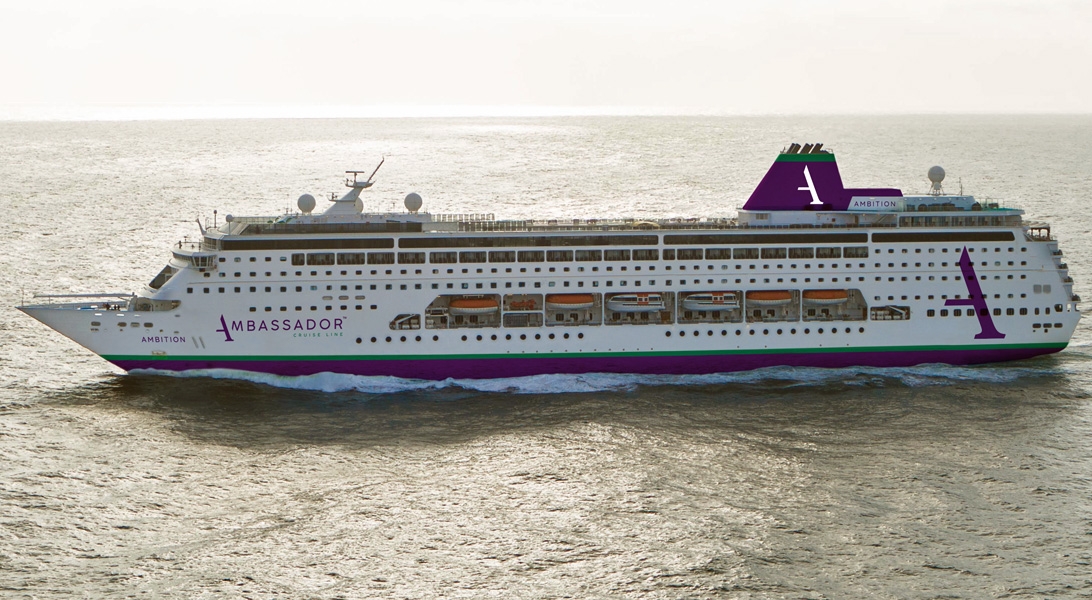This site uses cookies as defined in our Cookie Policy, by continuing to use this site you agree to their use.
Continue
You’ll be pleased to know that our cruise ships’ eco-credentials are IMO Tier III compliant meaning we can sail to the heart of this UNESCO-listed part of the world, unlike many other cruise lines.
Experience the pristine natural beauty of the fjords, with their towering cliffs, crystal-clear waters, and lush greenery. Visit charming coastal villages, explore scenic hiking trails, and enjoy vibrant summer festivals and events.
Alesund <...
Picture-perfect Alesund, Norway captivates with its Art Nouveau architecture and fjord vistas. Explore the historic centre, ascend Aksla viewpoint for panoramic views, and savour fresh seafood at the fish market.
Geiranger
Geiranger, Norway, captivates visitors with local gems like the iconic Seven Sisters waterfall and panoramic viewpoints. The village offers authentic experiences, from exploring quaint local shops to indulging in traditional cuisine, amidst the awe-inspiring beauty of Norwegian fjords.
Olden
Olden, Norway, is nestled amidst fjord landscapes and snow-capped mountains. After strolling through town, consider making the short trip to visit the colossal Briksdal Glacier, which is accessible even for novice hikers.
Maloy
Maloy, Norway, offers a weathered landscape enriched by maritime industry and Norwegian heritage. Explore historic harbours like Gasvaer, admire coastal vistas from Kannesteinen Rock, and enjoy yourself amidst the natural beauty of this Norwegian town along the North Sea.
| Arrive | Depart | |||||
| 24th24 | JunJun | 202727 | Belfast, Northern Ireland, embark on the Ambition | 17:00 | ||
| 25th25 | JunJun | 202727 | At Sea | |||
| 26th26 | JunJun | 202727 | At Sea | |||
| 27th27 | JunJun | 202727 | Geiranger, Norway | 08:00 | 18:00 | |
| 28th28 | JunJun | 202727 | Ålesund, Norway | 05:00 | 18:00 | |
| 29th29 | JunJun | 202727 | Måløy, Norway | 08:00 | 18:00 | |
| 30th30 | JunJun | 202727 | Olden, Norway | 06:00 | 18:00 | |
| 1st01 | JulJul | 202727 | At Sea | |||
| 2nd02 | JulJul | 202727 | At Sea | |||
| 3rd03 | JulJul | 202727 | Liverpool, England | 08:00 | 17:00 | |
| 4th04 | JulJul | 202727 | Belfast, Northern Ireland, disembark the Ambition | 08:00 |
